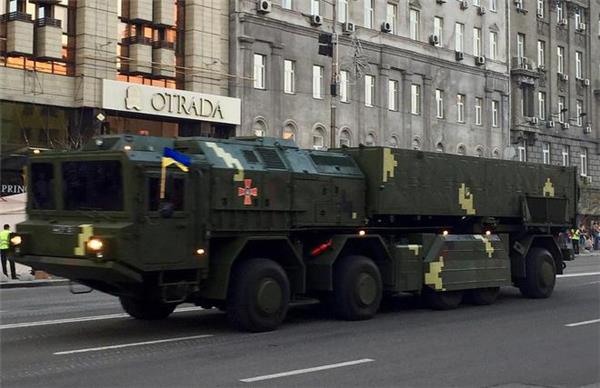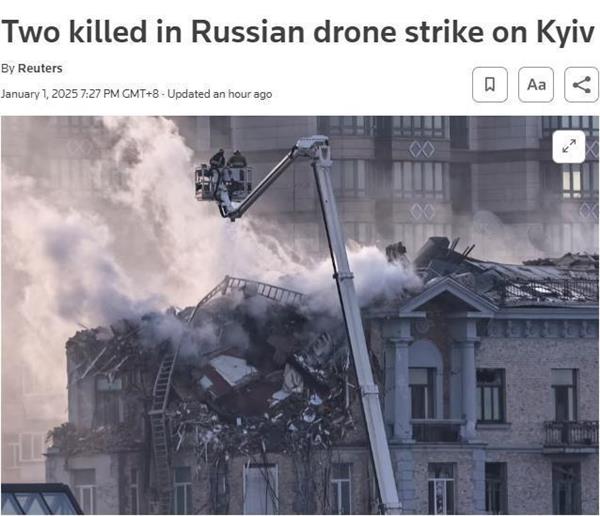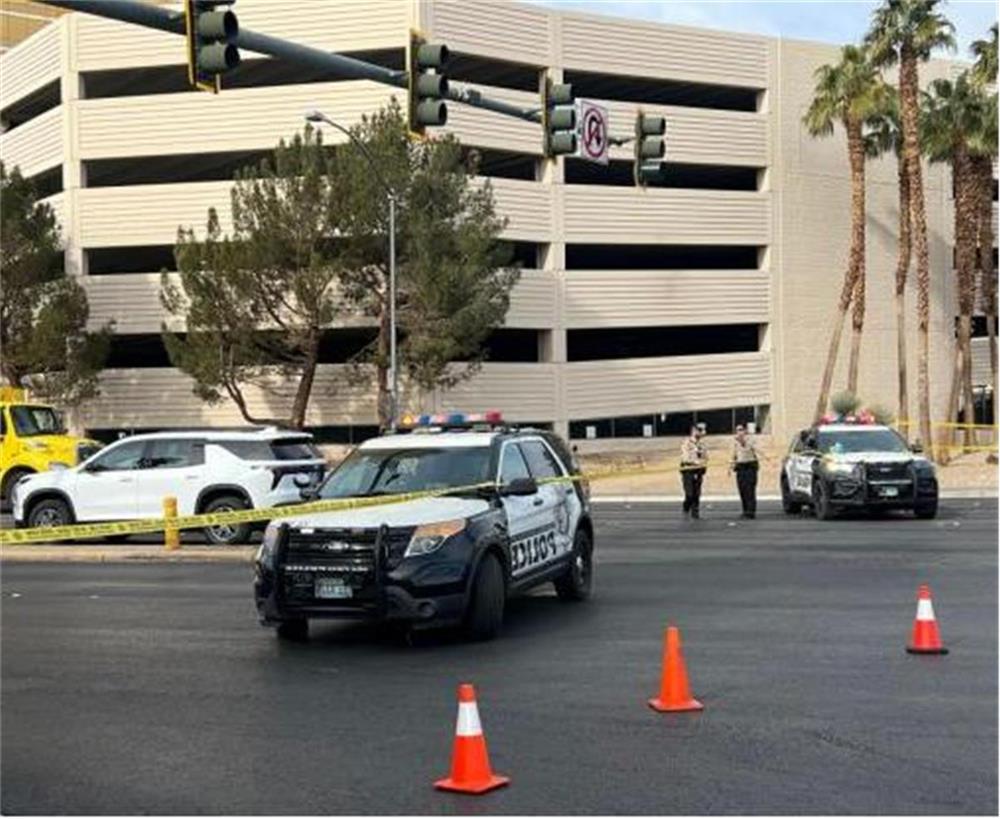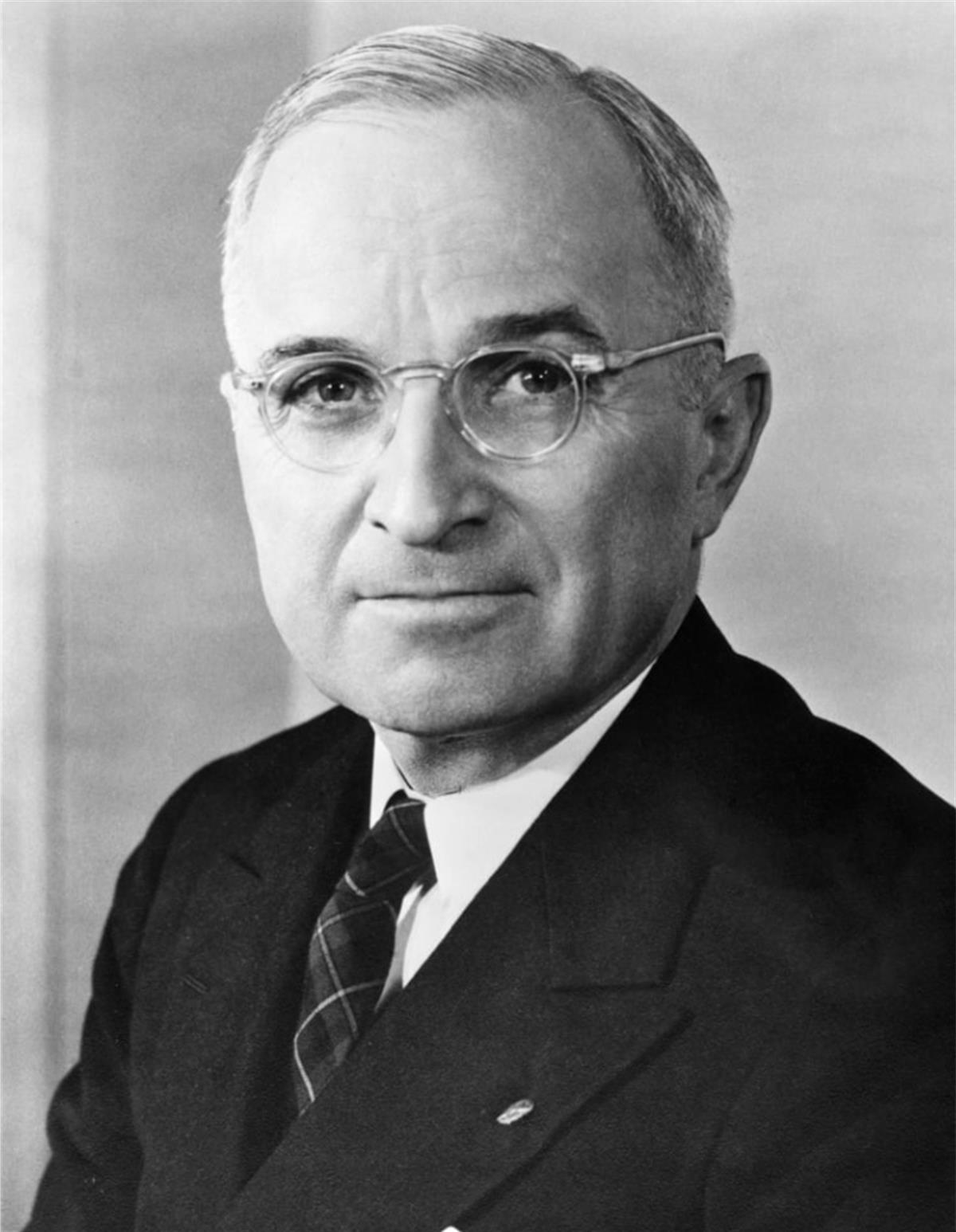Industry insiders say the South Korean air crash may lead to a terrible conclusion: the crew did not decelerate
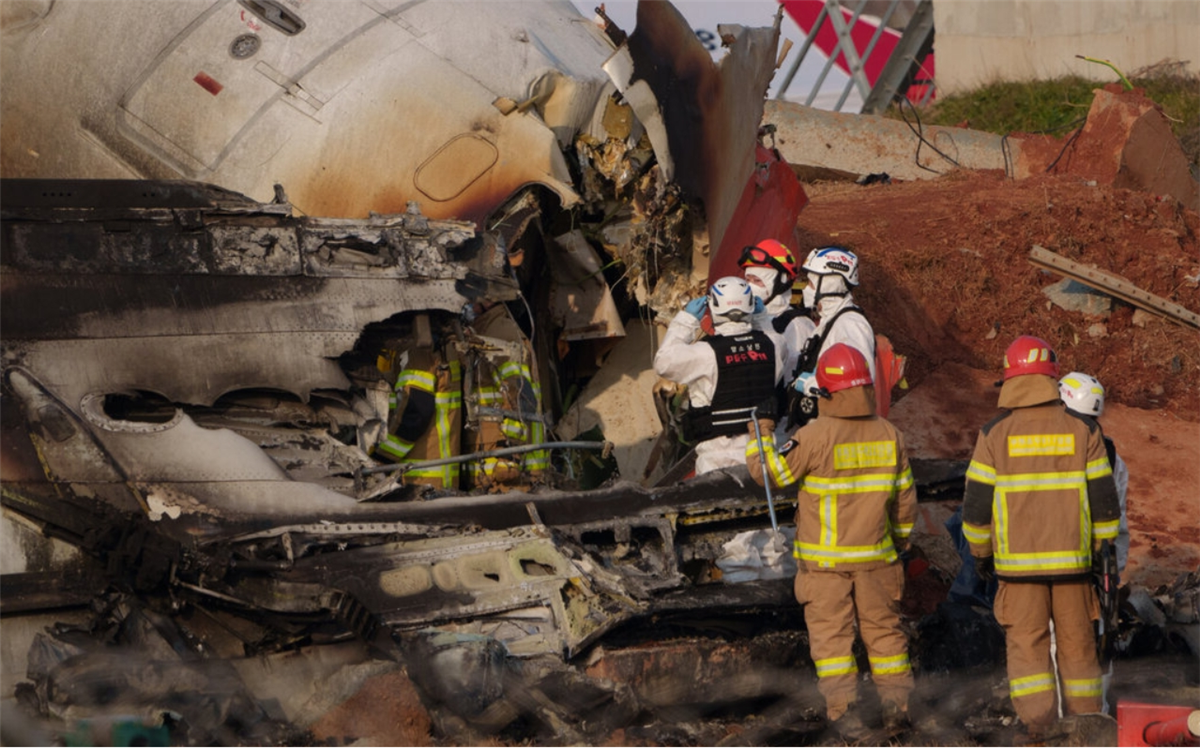
Another fatal airline crash. For the aviation industry, 2024 is coming to a tragic end.
On December 29th local time, Jeju Air's Boeing 737-800 took off from Bangkok in Thailand to Muju Airport located in Jeollanam-do, South Korea at 09:09 and suffered damage after encountering birds during its approach. The plane then crashed outside the runway. Due to the impact of the collision and friction, the aircraft exploded violently.
As of the time of writing this, only two survivors are found. They were both air attendants and were seated at the rear of the cabin. The other 179 passengers were not as lucky. To me, this has to be the deadliest crash of the year.
Accident Overview
The accident took place on a 3800km (2048 nautical miles) flight from Bangkok Suvarnabhumi to Muju County, which is home to around 15,000 residents. In this accident, a Boeing 737-800 carried 175 passengers and six crew.
We can see from its flight performance that to fit in all those passengers in a 3800km trip, the airline must use a high-density seat. As an old load planner, I find it ridiculous. In fact, it is an unnecessary gamble.
Of course, as a load planner, I understand that an aircraft will be lighter as it burns more fuel, and it can land heavier. Even if it runs into trouble, the overweight is not a cause.
Moreover, because this flight is long, the aircraft must have enough extra fuel. According to ICAO rules for long flights, the required range fuel plus an additional 30-minute endurance (based on 78% Maximum Cruising Speed) after arriving at the designated alternate airport at 450 meters of altitude should be considered. For a 2-hour flight time, the flight plan should have over 3 hours of endurance. Thus, this also is not the reason for the crash.
A Long flight to get to Muju County. Most Chinese airlines fly that route with a widebody aircraft such as an A330 to save some money.
From ADS-B's route, We can see that there was nothing unusual during the flight. However, the aircraft performed a touch-and-go and then a go around and disappeared from the ADS-B system. Then it just fell from the sky.
The disappearance of ADS-B signals is unusual. Because most airports have sufficient ADS-B signals, an aircraft must lose both VHF Omnidirectional Range (VOR) and automatic dependent surveillance-broadcast (ADS-B) signals for it to lose data links. In addition, the data was lost in clear sky. This is the most unbelievable part for me.
In the aviation industry, there are three possibilities for signal loss: the pilot has manually disabled it, it has suffered bird strikes, or the device has failed. If it fell out of the air because of a device failure, then the pilot would have reported it to the local air traffic controller (ATC). As a result, the first possibility was that the pilot manually turned off the ADS-B, which was not reasonable, so it should not have been the reason. This could leave us with only bird strikes for the loss of signal.
The Jeju Air crew contacted ATC and reported bird strikes as well as a problem with its aircraft as they flew towards Muju Airport. In a recorded audio from local ATC, it can be noted that there was a problem with its left engine. This was the beginning of its fatal mistake.
Flight route reconstructed by FlightRadar24
This flight's last video footage was captured from a restaurant near Muju Airport. The video clearly showed that the right engine's fan blades (first compressor stage) suffered from a bird strike and burst into flames. The engine lost complete power and stopped at once.
However, the engine fire and flames were not due to an explosion. Because this accident is believed to have occurred due to the failure of one engine's fan to absorb birds, it could not have damaged the combustion chamber. Therefore, the engine should still be able to work, which is proven in the video, even if power was lost for a while.
As a result, Jeju Air performed a left engine engine-out procedure after encountering birds. After its right engine suffered an unexpected power loss, Jeju Air should have followed its left engine engine-out go-around procedure and climbed as fast as possible while keeping speed above the minimum. But Jeju Air's actions did not meet expectations. We don't know if the crew was trained or if they simply lacked enough practice or experience, but this mistake was the turning point of this accident.
Flight Data
Time Description
08:54 Jeju Air contacts Muju Approach to begin approach procedures in clear VMC conditions. Weather good. Visibility greater than 10km
08:57 Muju tower announces bird strikes. Jeju Air goes around.
08:59 Jeju Air loses ADS-B signal. Crew announces: MAYDAY
09:00 Jeju Air initiates a turn for a reciprocal approach to Muju Airport
09:02 Jeju Air announces gear up
09:04 After touching the ground, the aircraft is recorded skidding along the grass and asphalt for 1200m. Its speed was still 156 kts after touchdown with flaps up
09:05 The aircraft suddenly explodes and burns after the tail section of fuselage collided into several concrete structures
Flight Track
As a result of the bird strikes to the left engine, Jeju Air was forced into an emergency go-around and had to restart at least one engine. Jeju Air attempted to restart the left and right engine, however, this did not produce satisfactory results, forcing the crew on an unplanned belly landing. Although the left engine was restarted and the right engine had some thrust (possibly windmilling), this was not enough to make a difference during the approach, go-around, and landing, forcing all other systems to go belly down on the runway. Thus, the aircraft's gear was still up before this approach.
We can see in the video, after a turn for a reciprocal approach to landing at Muju Airport, the crew did not configure flaps, landing gear, or speed brakes, and attempted a gear-up landing. At an approach speed of 156kts with no braking devices, the aircraft easily flew 1200m and reached the end of the runway before finally being grounded with the tail section's collision with the Instrument Landing System located just after the end of the runway.
This was indeed unfortunate. From the pictures, we can see that the ILS is fixed on a concrete base surrounded with bricks with the height of about 2 to 3 meters. We don't need an aerodynamic engineer to explain what this could have caused. We can assume that the aircraft reached a collision speed of nearly 100 kts after crashing into the concrete base. The concrete base tore the aircraft to pieces immediately. Unfortunately, all crew and passengers on board died in the end.
The wreckage of Jeju Air's B737-800 moments after the crash. (via CNN News)
Mistakes were made in Muju, mistakes from all sides. According to CNN News, the airport is surrounded by wetlands which are a habitat and breeding ground for migratory waterfowl and a home for 50 species of rare or endangered birds, making it impossible for the aircraft to avoid a bird strike. The bird warning Jeju Air received from ATC was a red flag that this approach should be postponed until birds cleared the area.
In addition, according to local reports and aviation officials, Jeju Air was not familiar with the Muju Airport procedures as they have never used this airport with this aircraft. Thus, it would not be surprising to assume Jeju Air did not follow proper procedures and made mistakes due to inexperience.
Another thing that caught my attention during this investigation was this airport only has a 2,000m runway and an Instrument Landing System, but it does not have any Engineered Materials Arresting System which can stop an aircraft when it overruns the runway. The runway end safety area was not maintained for a few days and could not function for aircraft, which is why Jeju Air could fly past the end of the Muju Airport runway.
Although the crew made mistakes, Muju Airport and its ATC should also share the blame, as should Jeju Air's flight planning department which decided to send their crew on a one-hour trip with a Boeing 737-800 which is more suitable for shorter flights to islands such as Jeju and Seoul rather than flying to regional destinations. I sincerely hope this tragedy serves as an example and helps aviation authorities and industry leaders ensure that no such tragedy is repeated.
 Famous Persons
Famous Persons English
English
 Bruce
Bruce Facebook
Facebook Twitter
Twitter Pinterest
Pinterest Linkin
Linkin Email
Email Copy Link
Copy Link

